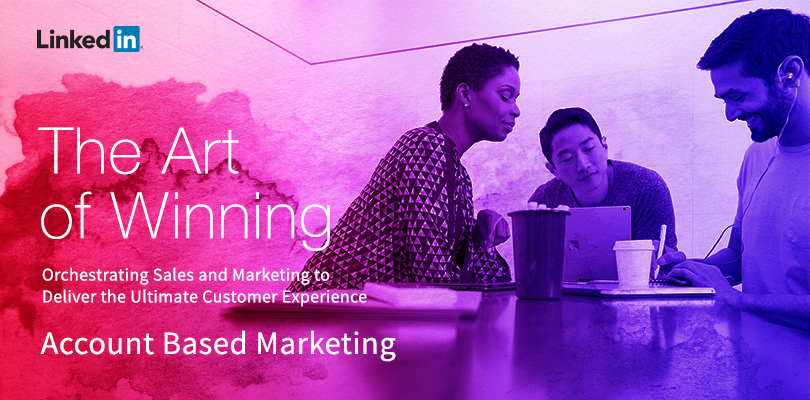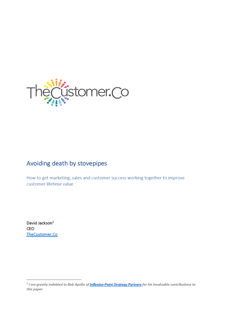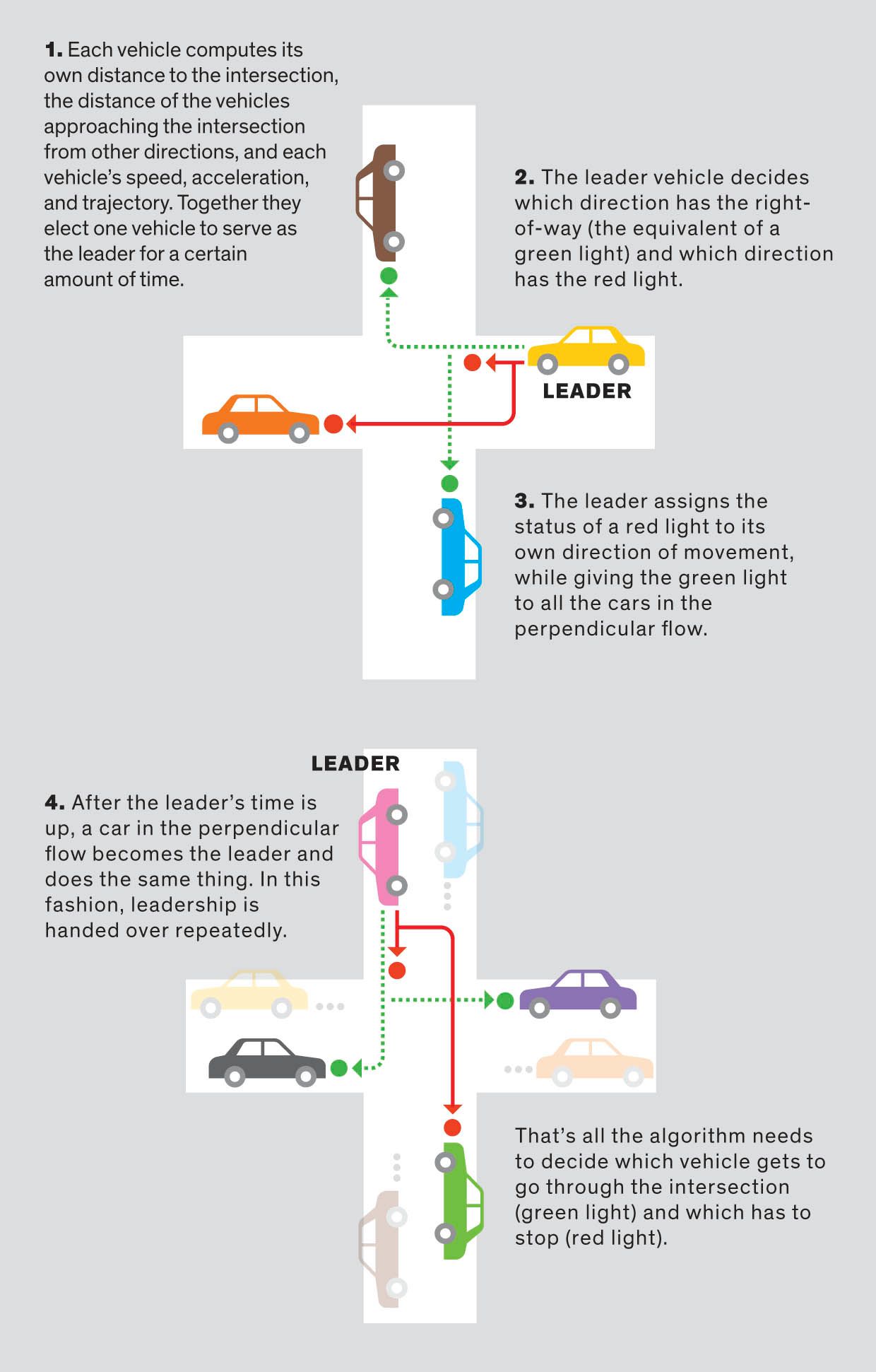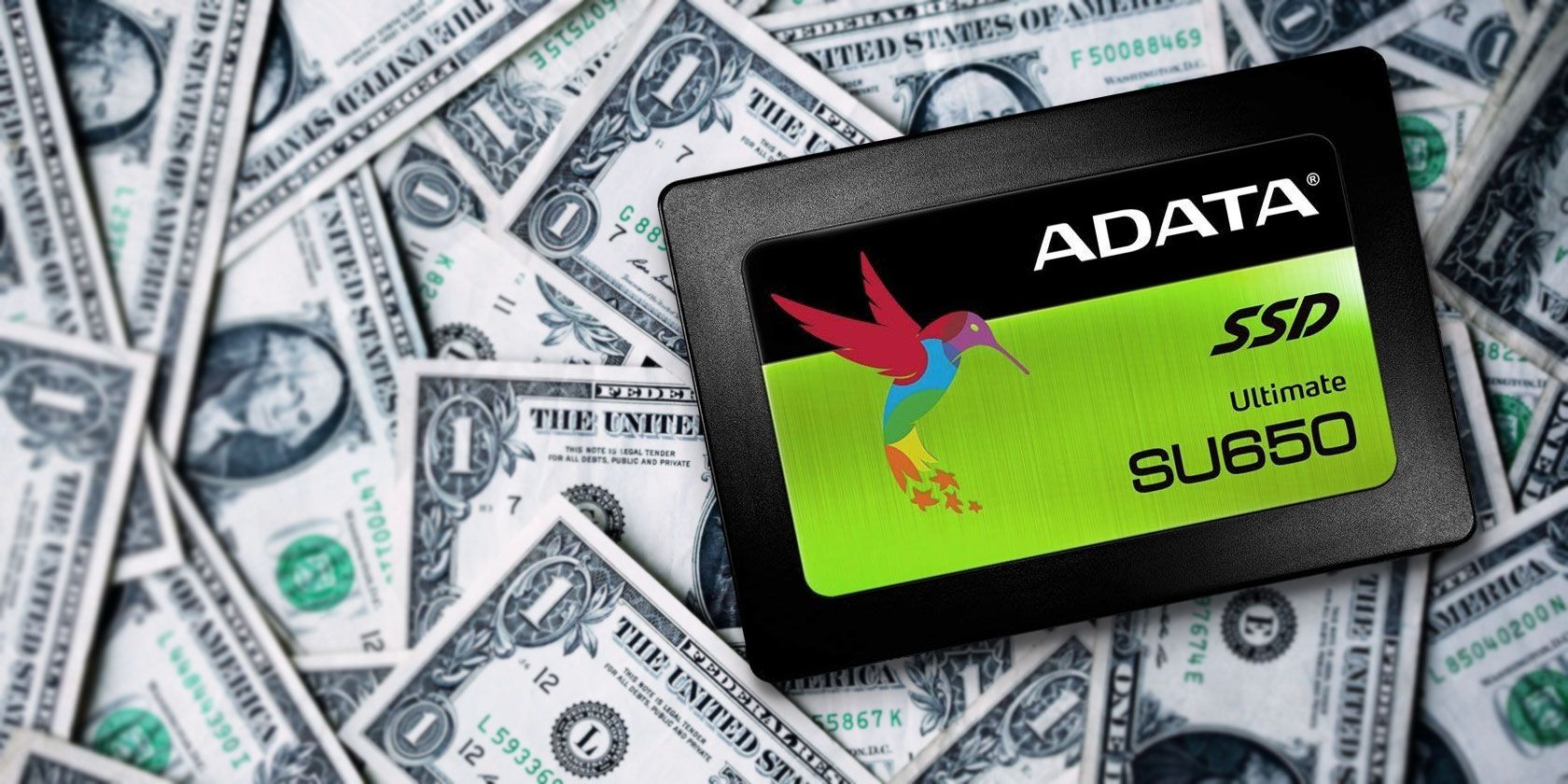A growing number of B2B marketers are embracing account-based marketing (ABM) as part of their overall marketing efforts. ABM perfectly complements the traditional, short-term marketing goal of generating leads with efforts aimed at driving long-term revenue growth.
What is account based marketing?
In its simplest form, ABM is a strategy that directs marketing resources to engaging a specific set of target accounts. ABM doesn’t just call for alignment between sales and marketing teams – it forces teams to align because personalization at the account level requires sales and marketing to be in sync on account-specific messaging. The motivation? Higher revenues in a shorter time frame.
Instead of casting a wide net with their lead-generation efforts, marketers using ABM work closely with sales to identify key prospects and then tailor customized programs and messages to the buying team within target accounts.
Why would you want to practice ABM?
Even as buying circles are growing, marketing teams are feeling more pressure to directly impact revenue growth. It’s a core reason that the ABM approach is seeing significant uptake. ABM focuses you on relationships in your highest opportunity, highest-value accounts.
For instance, assume you sell an expensive SaaS product or consulting service. Rather than take a blanket approach – going after small businesses, SMBs, and enterprises – you might start by focusing on those accounts that have the highest need and the required budget.
By combining efforts and resources, marketing and sales can more efficiently engage and convert accounts. In fact, they gain the luxury of slowing down to develop a thoughtful approach that boosts the odds of driving engagement.
That well-considered approach matters at a time when buyers are increasingly insistent on outreach tailored to their business and even their personal interests within the business. ABM requires that marketing and sales engage each person on the buying team in a personalized way. A personalized approach is essential when aiming marketing and sales efforts at a few select, high-value accounts.
Personalize well and buyers are more open to your outreach and less likely to ignore your content and communications.
Who does ABM benefit and how?
Some say ABM is most effective for B2B companies that sell to a few large key accounts or accounts of a certain size in a specific industry. Others argue that ABM can work for B2B organizations of any size, as long as the focus is on high-value accounts.
At a more granular level, ABM is a win-win-win for sales, marketing, and customers.
ABM perfectly complements the account-based approach sales teams have embraced for years. With the dedicated involvement of marketing, sales teams can better personalize their outreach. Nurturing targeted members of the buying committee with appropriate marketing messages tends to speed up the sales process, allowing sales to achieve better close rates while closing bigger deals faster.
Marketing benefits because sales sees the marketing team as a trusted ally on a strategic mission. Rather than deliver leads that languish, marketing works in tandem with sales on a defined list that both teams agree make the most promising targets. In fact, 84 percent of businesses using ABM say it delivers higher ROI than other marketing campaigns.
A valuable by-product is that ABM enriches the marketing team with a much deeper understanding of the company’s overall target audience. Marketing can apply their insight into what content and messages resonate to amp up the results of their other efforts.
Customers also benefit from ABM in the form of a better experience. Buyers prefer personalized interactions, and ABM delivers just that. Serving targeted content and messages that resonate takes up-front work, and customers will recognize and appreciate this – and the fact that you don’t waste their time with ones that are off the mark.
How to align sales and marketing around an ABM strategy
Getting sales and marketing working as a cohesive account team is the ultimate secret to success. Without that alignment, your target accounts will suffer through a fragmented experience as marketing and sales trip over each other, rather than pave the way for each other to effectively engage with key decision makers.
Success starts with clear communication between your sales reps and marketers, and continues as both groups execute their part of the strategy throughout the buyer journey. Agreeing from the get-go on the ultimate goal of the ABM program helps marketing and sales get in sync and figure out the most fitting target accounts and the best strategy for reaching and engaging them.
While the top objective is to land new accounts or expand business with existing ones, marketing and sales should define smaller goals that align to the bigger goals. These stepwise goals can include:
- Pinpointing a higher number of decision makers within each account
- Securing a greater number of senior-level appointments/meetings
- Accelerating the sales cycle
- Encouraging higher customer loyalty or reducing churn
- Closing a higher percentage of large deals
- Boosting revenues within existing accounts
Creating an account based marketing strategy
When marketing and sales share a similar mindset – how to target and land accounts – they can collaborate around a common goal. The first step is co-developing an ABM strategy so sales and marketing can work together as parts of a joint “account team.”
At a high level, this means marketing focuses its budget on the accounts that sales deems most important. Sales and marketing agree on common goals, messaging and content, how to execute, and metrics to evaluate success. Let’s walk through the core steps of developing an ABM strategy.
Step 1: Identify high-value accounts
Analyze your existing customer base to identify the ones that fit your definition of an ideal customer. While this definition can vary based on nuances such as industry and other overarching descriptors, it often boils down to the most profitable, long-term, happy customers who are a pleasure to work with. In other words, they’re a strong fit for your company, enjoy success with your solutions, and deliver the biggest lifetime value.
Keep an eye out for the existing accounts that have shown openness to expanding their footprint with your company, along with new accounts that satisfy your strategic criteria. For new accounts, you might answer the question “Does this account have an urgent need we can address and that would compel it to spend $X amount?”
Step 2: Map individuals to accounts
In any B2B deal involving a significant purchase, your marketing and sales teams will need to help drive consensus among the key stakeholders. Your first step is identifying those who can wield influence on the final buying decision. These are the committee members you need to engage and persuade to take action.
For example, let’s say a company selling marketing software is identifying key decision-making roles within select accounts. The list of individuals might include the CMO, digital marketing managers, CIO, and CFO.
Just remember: Individual contacts are important, but in the context of the entire account. In other words, you need to connect the concerns and needs of each person on the buying committee back to the strategic objective of their company. Your main goal when engaging each stakeholder is to help drive consensus for a purchase decision.
Step 3: Define and create targeted campaigns
Once you’ve chosen your target accounts and individuals, you need to develop personalized campaigns designed to resonate with them. Keep in mind that building and nurturing relationships is central to a successful ABM program. You’re most likely to succeed by providing valuable consultation and education, all mapped to the account’s buying cycle.
It starts by aligning your messages and content with the interests, needs, and challenges of each account and key stakeholder. Ideally, you should develop a unique value proposition and relevant content for each stakeholder that influences a buying decision.
Bake ample thought leadership content into your content plan:
- Understand what stakeholders believe. Start with research into the existing state of the conversation, so you can meet your reader where they are.
- Develop and articulate a well-informed point of view. Make a strong case for your position, and make it clear that you have the authority to take a definitive stand.
- Frame your story in terms of value delivered. Back up your viewpoint with real-world examples that demonstrate your ideas in action.
If your messages and content are on point, buying committee members might share it with their colleagues. Truly personalize the message for each individual within an account. Doing so, you instill confidence in your company as a trusted advisor and partner that has done its homework and is providing useful information and guidance.
Step 4: Pinpoint optimal channels
To reach your target accounts and the key stakeholders, figure out which channels they use most to research trends and solutions. This may vary by role or even industry, so don’t assume you can apply a one-size-fits-all approach here.
Step 5: Develop a strategic playbook
To clarify roles and responsibilities, put together a playbook that outlines who does what and when. Specify the tactics that both marketing and sales will use to engage contacts within accounts and drive interest and action. Give this meaning by designing a campaign cadence that maps each communication/outreach with the appropriate channel and message or content.
Step 6: Execute your campaigns
Marketing and sales engage with accounts on an individual level using a personalized strategy that makes sense for each contact. Campaigns can include an array of tactics, including email, special events, direct mail, ads, and more. Since relationships drive ABM strategy, use that to guide your outreach.
For example, maybe a specific team member reaches out because they went to the same college or share the most professional connections with the contact. That team member can then make introductions to the team member who owns the account.
Step 7: Measure and optimize
Measuring ABM results is different than measuring the impact of standard lead-generation tactics. Marketing and sales are jointly accountable for driving pipeline and revenue when it comes to ABM. You care about moving accounts – not individuals – through the purchase process.
In addition to tracking account engagement, tally opportunities created, along with closed-won deals and their value. Give your teams enough time to generate results – in line with the typical purchase cycle – and then adjust your strategy and tactics as necessary.
Types of account based marketing
ITSMA is widely credited with pioneering the ABM approach in the 2000s. Along the way, it has identified three ABM approaches companies take: strategic, lite, and programmatic.
Strategic ABM
This approach is executed on a one-to-one basis, typically for highly strategic accounts. Relationship-building is a core focus of strategic ABM. As a result, this approach relies heavily on personalized marketing campaigns that demonstrate an in-depth understanding of the target account.
ABM Lite
The ABM Lite approach makes it possible to pursue ABM at scale. In this version, the focus is lightly personalized/customized campaigns aimed at a small group of like accounts. For instance, accounts of a similar size facing comparable challenges and pursuing analogous initiatives might get the same messaging and creative.
Programmatic ABM
You could say programmatic ABM combines strategic and lite ABM by calling upon the latest technologies to tailor marketing campaigns for target accounts at scale. Usually this approach goes hand in hand with a focus on a certain horizontal or vertical segment.
You might find it makes sense to use just one approach or a mix depending on your business and the sophistication of your ABM program.
Account based marketing vs. inbound marketing
Some marketers wonder whether they should dedicate their resources to ABM or inbound marketing. But it’s not an either-or decision. Both are core practices in the modern marketing toolbox. And they actually complement one another.
While you are engaging individuals within target accounts with personalized content and interactions through outbound methods, you can reinforce your messages with your online presence calling upon best practices for inbound marketing. In other words, you are trying to attract your target accounts through helpful, relevant content. You may even gain a new target account through your inbound marketing efforts – one that perfectly fits your definition of an ideal customer but was overlooked as you pulled together your target list.
Since your inbound success depends on your content being found online, you need to develop your content with search engine optimization (SEO) in mind. Many B2B organizations also find it effective to amplify their content reach using online ads.
Account based advertising
With account-based advertising, you proactively choose who should see your display ads. To that end, every account-based marketer can take advantage of LinkedIn Account Targeting. After you upload a list of your target companies, Account Targeting matches them against the 13+ million Company Pages on LinkedIn.
At scale, you can get in front of key stakeholders across target accounts with ads tailored to their role and stage of the buying cycle. For your initial outreach, you can use LinkedIn Sponsored Content campaigns to display relevant content to a select audience segment. Then through Sponsored InMail, you might directly reach out with a short message from a sales rep with a personalized offer.
While you can reach any stakeholder using account-based advertising, it’s especially valuable for engaging the decision makers who aren’t actively conducting purchase research for the solution in question. Think the CFO or Procurement Officer. Account-based advertising is a relatively inexpensive way to expand your reach within your target accounts.
In a pilot of LinkedIn Matched Audience campaigns, marketers saw an average 32 percent increase in post-click conversion rates and 4.7 percent drop in post-click cost-per-conversion.
Common barriers to ABM success
While it takes a concerted effort and up-front work to launch an ABM program, success is within reach for every B2B organization. So why do some companies struggle to unlock their full revenue potential via ABM?
Failure to align on the right target accounts
It’s a given that if marketing and sales don’t agree on the same target accounts, all the promise of ABM goes out the window. ABM works largely because of the combined power of marketing and sales hyper-focused on the accounts with the highest potential. Fail to get in line on this foundational element of your ABM program and all your other program tactics will be for nothing.
Lack of accurate shared data
Calling upon a shared source of data about target accounts goes hand in hand with identifying the right target accounts. According to InsideView, 43% ranked lack of accurate/shared data on target accounts is the top challenge to sales and marketing alignment. If marketing is turning to its marketing automation system of record while sales consults CRM to pinpoint target accounts, it’s no surprise the two groups are out of sync.
Check out our recent post for ways you can align around your target audience and knock down these barriers to success.
Unrealistic expectations
If you’re hoping your ABM program will transform the buying cycle and your revenues overnight, you’ll be sorely disappointed. Rather than expect miracles, set realistic goals. Until you smooth out all the wrinkles and your ABM program kicks into high gear, you’re far more likely to see incremental improvements rather than mind-blowing results. As long as you maintain an upward trajectory, you’re on the right track.
Examples of account based marketing in action
A number of new tools and technologies on the market have made ABM more practical by enabling marketers to deliver targeted messages with improved precision. As we previously mentioned, LinkedIn has a targeting capability that helps support ABM: LinkedIn Account Targeting.
LinkedIn Account Targeting enables marketers to engage the accounts that matter most to their business by tailoring their LinkedIn Sponsored Content and LinkedIn Sponsored InMail campaigns to a list of top priority accounts, and then layering profile-based targeting, such as job function or seniority, to put their content in front of the right people in a particular organization.
If you’re looking for more inspiration, look no further than these examples of marketers who have used LinkedIn to drive ABM success.
Genesys uses ABM to drive 60% of net-new leads
When the Genesys digital marketing team needed a solution to underpin their newly launched ABM program, it chose LinkedIn. As Bhavisha Oza, Director of Digital Marketing for Genesys, says, “LinkedIn, with its massive professional network, was unique, as it offered an ABM program targeting IT and support functions, our core buyer personas.”
Using LinkedIn’s highly accurate account targeting capabilities and LinkedIn Sponsored Content, the team ran campaigns that put their brand in front of the target audience. Thanks to a combination of targeting and optimization, the team’s ABM efforts have yielded encouraging results, with 60 percent of all leads generated being marketing-captured, or net-new leads.
ServiceNow captures 100% of form fills using ABM
In support of its ABM strategy, ServiceNow used LinkedIn’s targeting capabilities to deliver content to niche decision makers within select accounts. “We haven’t seen any other solution that is able to give us that level of targeting,” says Suma Warrier, Manager of Customer Acquisition and Personalization for ServiceNow. Once it noticed a high percentage of LinkedIn traffic was coming via mobile, ServiceNow integrated Lead Gen Forms into its campaigns. The company saw stellar outcomes, including a nearly 100% improvement in form fills by using Lead Gen Forms.
SalesLoft reduces cost-per-conversion by nearly 50% with ABM
Every quarter, SalesLoft’s marketing and leaders agree on account list tiers. Then the company uses account targeting and contact targeting to run ABM campaigns designed to engage decision makers at the prioritized accounts. By using ABM and LinkedIn to connect with prospects on a deeper level, SalesLoft has cut its cost-per-conversion (CPC) nearly in half.
Spigit converts a higher percentage of leads into revenue with ABM
While a lower CPC is cause for celebration, the real proof of success is revenue generation. Spigit used LinkedIn’s targeting capabilities and LinkedIn Sponsored Content to run a series of ABM campaigns. The results far exceeded LinkedIn’s benchmarks, with an overall lifetime click-through rate (CTR) of 0.517%, with an engagement rate of 0.567%. According to Lin Ling, Growth Marketer at Spigit, “LinkedIn has been, by far, the best channel for generating quality leads that convert, helping us exceed our revenue goals and achieve 7X ROI.”
10 Marketing experts define account based marketing
Marketers can learn how to bolster their ABM efforts – or implement a new program – by studying other marketers who are ABM leaders. We asked 10 ABM experts to share their definitions of account-based marketing, which can provide some insight of how they put it into practice. Share their words of wisdom with your colleagues should you need to inspire them to get on board with ABM.
Account based marketing is more targeted and personalized versus spray and pray, where you’re just trying to capture anyone in your net. You’re being very specific about who you want to talk with, and it’s a way for sales and marketing to align on the target.
-- Meagen Eisenberg, CMO, MongoDB
In its purest form, account based marketing has been around forever. Account based marketing is simply instead of fishing with nets, we’re fishing with spears. You identify exactly the prospects you want to do business with and then you market very precisely and narrowly to them directly. I think we have a renewed interest in ABM now, because there’s an advancement in tools and technology that make it a little easier to execute – but the idea of doing target account selling and target account marketing is not new.
-- Matt Heinz, President, Heinz Marketing
Our definition of account-based marketing is just good marketing. If you only had one prospect to sell and market to, you would treat them with the same principles as outlined in ABM. It’s just aiming at a more well-defined area of that funnel, and treating your best buyers in a much more personal way. And we’re focusing on not only the lead but the account as a whole.
-- Justin Gray, CMO, LeadMD
To break down walls between sales and marketing, ABM is pretty close to a silver bullet in that it aligns programs’ dollars and focus behind the accounts that the sales teams cares about. So there's inherent buy-in. That said, ABM is only as good as your visibility into your highest potential accounts and best-fit customer segments, which gets clearer over time. So it’s most effective when deployed as part of a comprehensive set of targeting strategies.
-- Dave Karel, Principal, OutLeap Marketing
Account-based marketing is thinking of the account as a market of one. It’s about being laser-focused on their needs and deploying the most effective marketing tactics available to nurture value-added, pervasive conversations with key stakeholders. This is the place where marketing and sales are at their closest, brought together by common goals and a crystal clear understanding of what success looks like.
-- Nick Panayi, VP, Global Brand, Digital Marketing and Demand Generation, DXC Technology
I define account-based marketing as total marketing and sales alignment around who are target customers and the efforts to go get them. They align with the same outcome in mind: to get a specific account as a customer.
-- Dave Rigotti, VP of Marketing, Bizible
ABM to me and to CSC is treating a single account as a market of one, and within that marketing of one we’re looking to customize our marketing activities and message in close collaboration with our sales team – and not just down to a buying center or persona but right down to the individual.
-- Dorothea Gosling, Director, Marketing Programs, Pursuits & ABM, DXC Technology
Account Based Marketing is a strategic approach that coordinates personalized marketing and sales efforts to open doors and deepen engagement at specific accounts.
-- Jon Miller, CEO and Co-Founder, Engagio
Instead of leveraging a set of broad-reaching programs designed to touch the largest possible number of prospective customers, an ABM strategy focuses marketing and sales resources on a defined set of targeted accounts and employs personalized campaigns designed to resonate with each individual account. With ABM, your marketing message is based on the attributes and needs of the account you’re targeting.
-- David Cain, CMO, PlanGrid
Account based marketing is focused B2B Smarketing. I say “Smarketing” because ABM is all about focusing on the right accounts in collaboration with sales. ABM is not a solo activity. It's the combination and range of activities from advertising, direct mail, calls, emails, content — all centered around the ideal set of accounts that you believe has the need for your solution. It's quality over quantity in its most basic form.
-- Sangram Vajre, Co-Founder and Cheif Evangalist, Terminus
Ready to amp up the results of your combined sales and marketing efforts? Demo or test run LinkedIn's Sales Navigator tool to see how it can help you flawlessly execute ABM programs.










































 As anyone who has worked with me or read my articles, I am passionate about ensuring that sales and marketing are aligned in a common cause. But that's not enough: We need to ensure that marketing, sales and customer success are all working together to improve lifetime customer value.
As anyone who has worked with me or read my articles, I am passionate about ensuring that sales and marketing are aligned in a common cause. But that's not enough: We need to ensure that marketing, sales and customer success are all working together to improve lifetime customer value.












